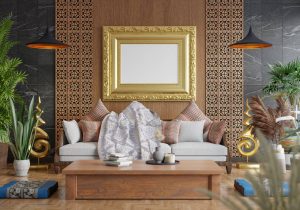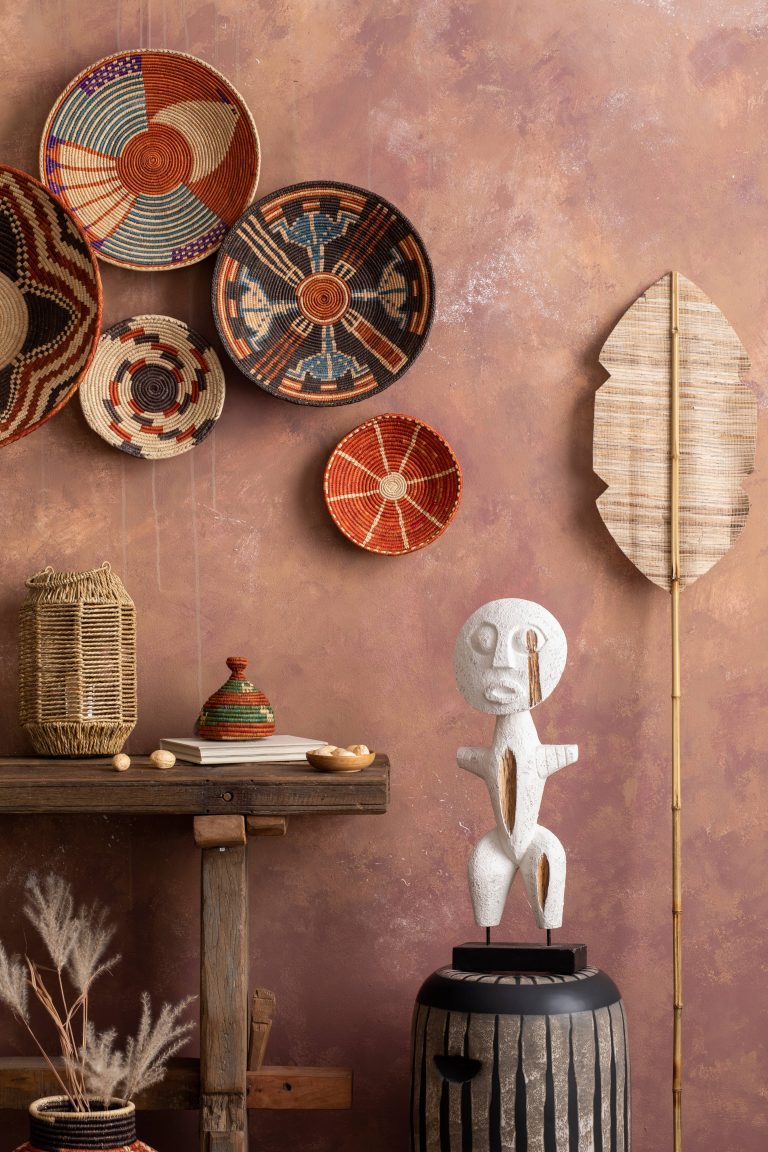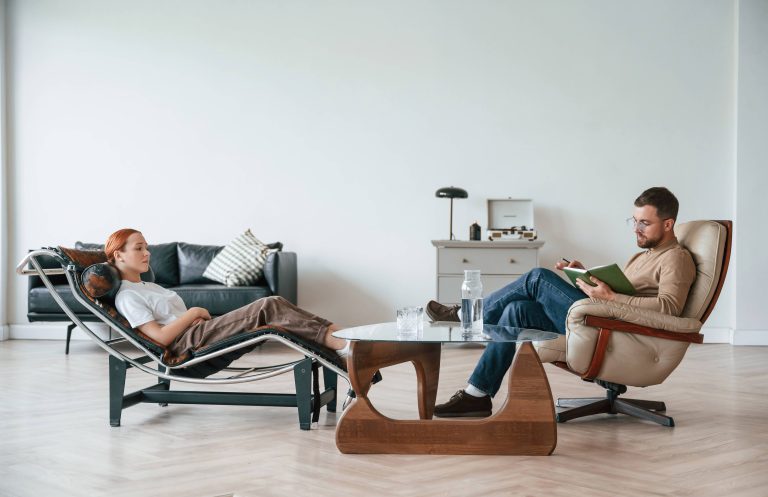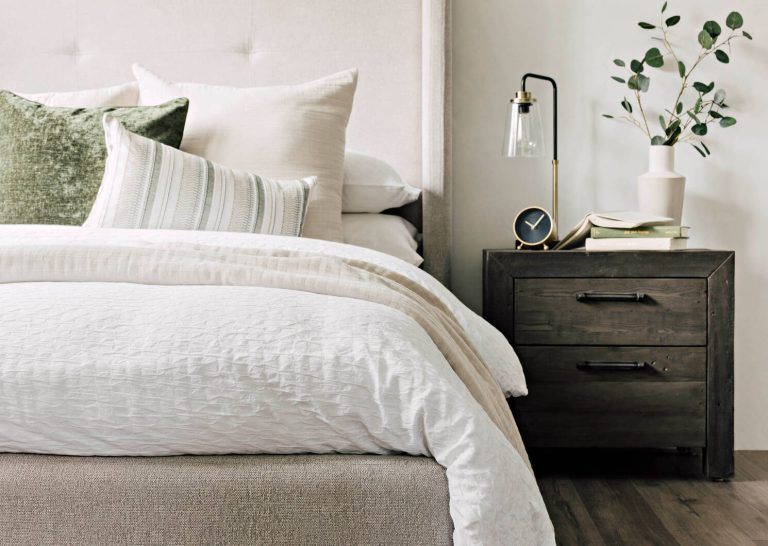
When creating a perfectly nurturing and stimulating environment for your child, selecting the right furniture is crucial. Not only does it affect the overall aesthetics of your home, but it also plays a vital role in your child’s development and safety. Whether you’re preparing for your first child or updating your existing arrangement, understanding what essential furniture pieces are indispensable for children is critical. This guide aims to ease your journey towards creating a child-friendly living space that fosters growth, safety, and happiness.
1. Prioritize Safety First
Safety is paramount when selecting furniture for children. Children are naturally curious and unaware of potential dangers around them. Therefore, opting for furniture with smooth edges, stable structures, and non-toxic finishes is essential. Anchoring taller pieces like bookshelves and dressers to the wall protects against tipping hazards. Additionally, consider investing in furniture that has passed safety standards and certifications, ensuring that they are child-friendly.
2. Create a Cozy Sleep Environment
Your child’s bedroom should provide comfort, security, and tranquility. The bed is the focal point and one of the most critical purchases. Whether you choose a crib, toddler bed, or twin bed, prioritize durability and comfort. Ensure that mattresses are firm and the correct size for the bed frame to avoid gaps that might cause entrapment.
Opt for beds that grow with your child, such as convertible cribs that transition into toddler beds, are an economical and stylish option. Don’t forget to select bedding that is soft, breathable, and easy to wash, as children are prone to spills and accidents.
3. Encourage Learning with Practical Desks and Chairs
Creating a dedicated learning space is an effective strategy to encourage good study habits from an early age. A child’s desk and chair should be ergonomically designed to ensure comfort and productivity. Adjustable height options are ideal to cater to your child’s growth. A simple, clutter-free desk can also double as an art station, enhancing creativity and learning.
Consider incorporating storage solutions like small drawers or shelves to keep the area organized and easy to maintain. This encourages independence and responsibility in your child as they learn to categorize and store their study materials.
4. Stimulate Imagination through Creative Play Areas
Play is an integral component of a child’s development, contributing to cognitive, physical, and social growth. Allocate a specific area in the house dedicated to play, filled with furniture that stimulates the imagination. This could be a play tent, a kitchen play set, or a mini house.
Multi-functional furniture pieces such as padded benches with storage, built-in shelves, or convertible tables offer versatility and space-saving benefits. They accommodate both the child’s activities and the home’s aesthetic unity.
5. Embrace Smart Storage Solutions
Organizing a kid’s room can be quite a task with their ever-growing collection of toys, books, and art supplies. Effective storage solutions can make this task less daunting. Invest in child-friendly storage furniture, such as open bins, shelves, and boxes that are easily accessible and allow the child to independently store and retrieve their belongings.
Utilize vertical space to reduce clutter on the floor and leave ample space for play. A combination of open and closed storage allows you to display decorative items and keep messier belongings out of sight.
6. Provide a Comfortable Seating Arrangement
Children need their own space to relax and unwind, just like adults. Comfortable seating furniture, such as bean bags, soft armchairs, or small sofas, can be a wonderful addition to your child’s room or play area. Having a designated cozy corner where they can read, watch videos, or rest encourages downtime, fostering a balanced daily routine.
7. Consider Growth and Versatility
Children grow fast, and their needs change just as quickly. Therefore, investing in versatile furniture that can adapt to different stages of their development is a wise choice. Look for pieces that can be modified or repurposed as your child matures, such as height-adjustable desks, extendable beds, or stackable storage units.
Keep in mind that children’s tastes and interests can change rapidly. Choose furniture with neutral colors or simple designs to ensure it remains cohesive with various themes and decor updates over time.
8. Opt for Sustainability
Never underestimate the impact of choosing sustainable furniture. Look for brands and manufacturers that use eco-friendly materials and processes. Besides benefiting the environment, sustainable furniture is often durable and long-lasting, making it a cost-effective choice over time.
Consider passing down quality, well-cared-for furniture from older siblings, relatives, or friends. This not only conserves resources but also adds sentimental value to your child’s environment, embedding personal history and memories.
Conclusion
Choosing essential furniture for children requires thoughtful consideration and planning. By focusing on safety, comfort, and functionality, you can create an environment that supports your child’s health, happiness, and overall development. Remember, a child’s room isn’t just a place to sleep and store toys; it’s a sanctuary where they discover their interests, nurture creativity, and build lifelong memories. Investing in the right furniture is an investment in your child’s future, and with these guidelines, you’ll be well-equipped to make informed choices that complement both your child’s needs and your home’s aesthetic.













